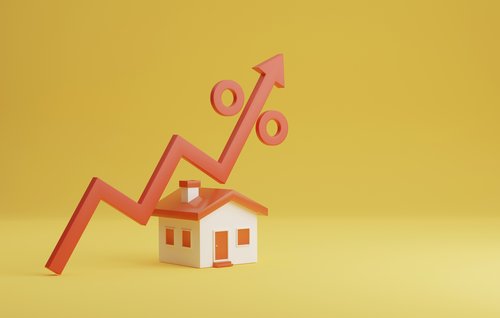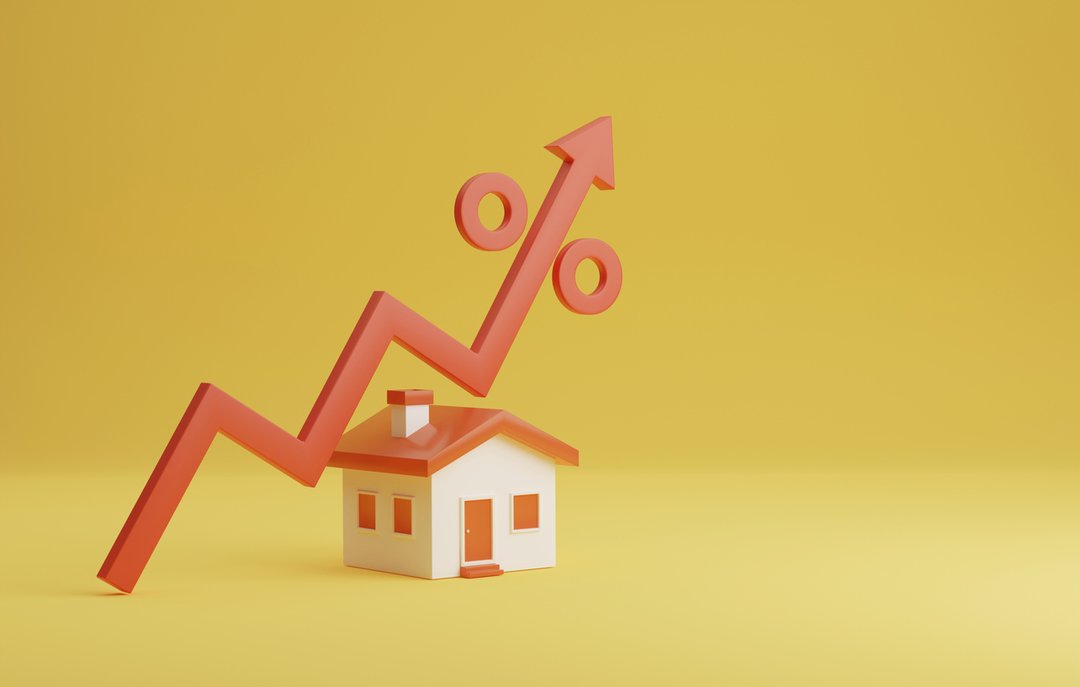
If you’re renewing your mortgage or riding a floating rate, you’re probably feeling a sharp pain in your pocketbook region.
Folks renewing five-year fixed terms from 2018 are getting whacked with 260-plus basis-point rate increases. (One basis point is one-one hundredth of a percentage point.)
As for adjustable-rate borrowers, they’ve already seen their rates explode by 475 bps. And the market’s pricing in a coin flip’s chance of another hike this fall.

iStock-1411567323
The overwhelming majority of floating-rate and renewing borrowers are now paying rates around 6 per cent or more, with lesser qualified borrowers north of 7 per cent.
Seven-per-cent rates are at least 175 bps more than the rate borrowers were stress-tested with before the Bank of Canada launched its rate-hike campaign in 2022. (Stress testing is where a lender makes you prove you can afford a rate at least two percentage points higher than your actual rate.)
We’re approaching a point where the wheels come off for a critical mass of borrowers. Here’s why.
The math doesn’t work
According to the Fraser Institute, the average Canadian family makes about $108,006. (This includes unattached individuals; for families of two or more, it’s $140,106.) And the average Canadian family pays 46.1 per cent of their income in taxes.
According to the latest Statistics Canada data, the average mortgaged household’s disposable income is $27,552.
Meanwhile, TransUnion pegged the average Canadian mortgage balance at $351,692 in the second quarter and the average Canadian’s non-mortgage debt at $25,977.
Assuming a 4-per-cent average mortgage rate and 20-year average remaining amortization, back-of-the-napkin math suggests the typical family is in the red each month. That’s after food, car payments, child care, homeowners insurance, condo fees, gasoline, clothing, commuting, home maintenance, utilities and all of life’s other costs.
Most of today’s mortgagors fall further into a cash-flow deficit every time they renew or pay a higher floating rate.
This conclusion aligns with Financial Consumer Agency of Canada (FCAC) data that show “two-thirds of mortgage holders report having trouble meeting their financial commitments.”
What happens when people’s credit and savings run dry?
If the average mortgage rate climbs 100 bps – and that’s possible in 2024 as more people renew, especially if the central bank hikes again – a typical payment on the average mortgage may only jump a couple hundred dollars a month. That’s not the end of the world, given incomes are rising too.
Moreover, most mortgagors have fallback liquidity, like unregistered and registered savings, credit lines, credit cards with cash advance room and other liquid assets. The average mortgagor has $322,852 of financial assets, according to Statistics Canada.
The problem is, averages hide the riskiest cases.
Fallback assets are far less for borrowers under 35, single borrowers, those with high loan-to-value ratios and folks with below-average incomes in big cities.
More than half (55 per cent) of people with mortgages are dipping into savings to pay their bills each month, according to the FCAC. And almost 40 per cent are borrowing to cover their bills.
Even among those making more than $120,000 a year, about one in four have no money set aside for emergencies.
After triangulating this big heap of data, I believe the risk is concentrated among roughly one in five mortgage borrowers, with one in 10 at extreme risk from today’s rates.
With seven million mortgages in Canada, 700,000-plus households in the extreme risk camp is enough to do serious short-term damage to real estate, particularly if they become distressed in the same year.
Those folks do not present a risk to the financial system in 2023 and the market expects lower rates next year. In the event rates remain around 6 to 7 per cent for most of 2024, however, these vulnerable borrowers will contribute to four outcomes:
One: Surging mortgage arrears
Most variable-rate mortgagors with fixed monthly payments have been shielded from rate pain until this year. Moreover, banks are being encouraged to work with hard-up borrowers. These factors have kept defaults low. But ultimately, banks are only so forgiving and lenders are now forcing up payments on the majority of variable-rate borrowers – even those with fixed payments – to ensure they cover their interest each month. If you can’t pay after three to four months, lenders won’t give you any more rope.
Two: More people selling
Canadian housing inventory is 34 per cent below the long-run average. That’s mainly because homeowners aren’t desperate enough, so they’re not listing. When the minority’s credit and savings run out, and they can’t get a loan elsewhere or find a renter, they’ll put their home on the market.
Three: Less people spending
People who can’t pay their mortgage and have no more credit don’t buy furniture, electronics, fancy dinners, etc. Retail sales growth is already negative. It’ll get worse unless rates drop meaningfully.
Four: More people unemployed
Less spending results in fewer jobs. Job losses lead to higher mortgage arrears.
The long and short of it
If new mortgages approach or exceed 7 per cent for more than a few months, that could be a breaking point for up to one-tenth of the mortgage market. The same might be said if today’s rates persist for another year or more.
Fortunately, that’s not my expectation. Economies are self-correcting – to an extent. The negative forces from high rates will slow the economy and lower inflation, barring any more crises. Ultimately, that should lead to lower interest rates.
That’s precisely what mortgagors with holes in their safety nets need. The question is, will rate relief come fast enough to avoid an air pocket in home values? My guess is that those waiting for a lower entry point to buy will get their wish.
Comments are closed.
